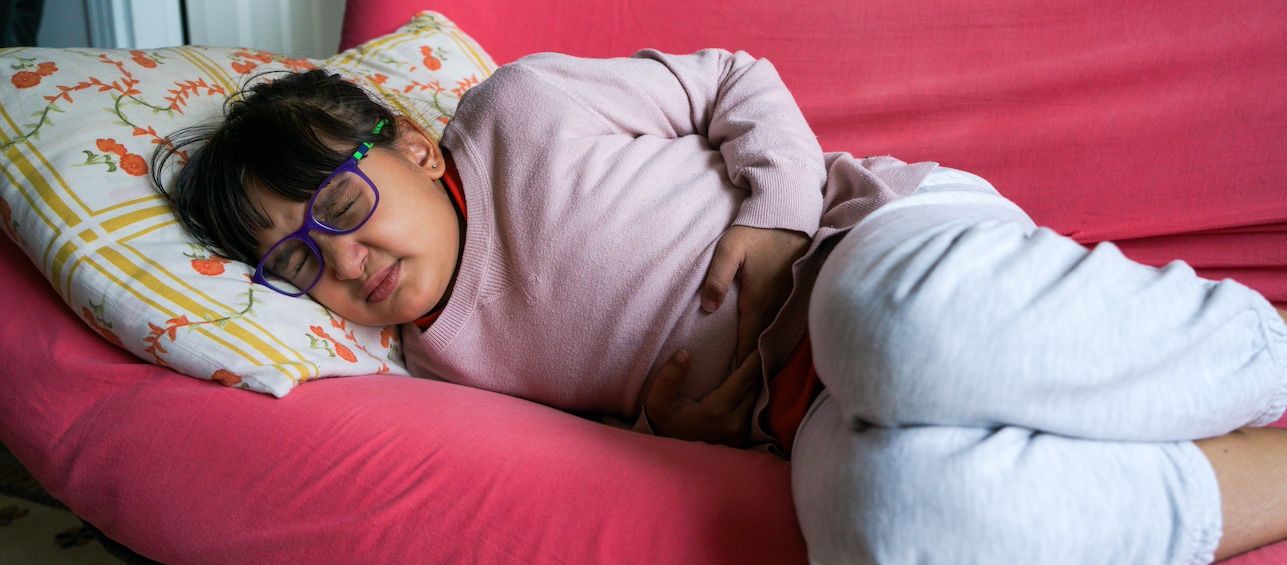When it comes to physical activity in children and adolescents, we often see two extremes. Inactivity is widely known as a contributing factor of obesity, but too much physical activity can be harmful to children as well.
According to Physical Activity Guidelines for Americans, kids should be active for at least one hour per day in order to obtain the optimal health benefits of exercise. On at least three of those days, they should work up a sweat and also do activities that strengthen their muscles.
I spend a lot of time studying and talking to kids about being active and maintaining healthy weight, but in sports medicine, we also see children and adolescents who are doing their bodies damage with too much exercise.
These are the kids who have practices every day of the week and then play in tournaments all weekend. Or the kids who play one sport all the time and never take a break…ever. Kids who push and push and push, until something gives.
Childhood and adolescence are times of rapid growth, which can leave muscles, bones and joints susceptible to injury. In this age group, even growth plates can become irritated, a common condition called apophysitis. They need to slow down or their bodies are going to do it for them. It’s a tough lesson that too many kids learn from the sideline.
In addition to common injuries like strains and sprains, too much activity can lead to another condition: burnout. It’s much more difficult to recognize. Fatigue, nonspecific musculoskeletal complaints and poor school performance could all be signs that a young athlete is doing too much.
Although every child is different, the American Academy of Pediatrics provides the following guidelines to help young athletes avoid overtraining and burnout problems:
- Rest and recovery: Take at least 1–2 days off per week from a sport, and 2–3 months off per year from a primary sport.
- No sudden moves: Avoid increases of more than 10% per week in training load.
- Keep it simple: Play on only one team per season. (e.g., Don’t play on a school team and community team at the same time.)
Some of these guidelines may be difficult for motivated young athletes, but doing so may not only prevent injury but also lead to better performance and enjoyment of sports.
And here’s something else to tell budding star athletes: Don’t specialize in one sport too soon.
Ask some top athletes why they’re so successful, and many will credit playing multiple sports early on. By not specializing at a young age, they learned a variety of skills and strengthened a variety of muscles that make them better now.
Young athletes should be encouraged to do the same.
We should strive for balance in youth sports. Balance between too much and too little. Balance between endurance and strength. And balance between practice/competition and recovery. It’s the Goldilocks principle: Keep looking for “just right.”





[…] Healthcare IT gets political- How Judy Faulkner and Epic Systems are destroying Interoperability EXCERPT FROM Healthcare IT ARTICLE- https://cincinnatichildrensblog.org/teach-young-athletes-the-goldilocks-principle-not-too-much-not-to… […]